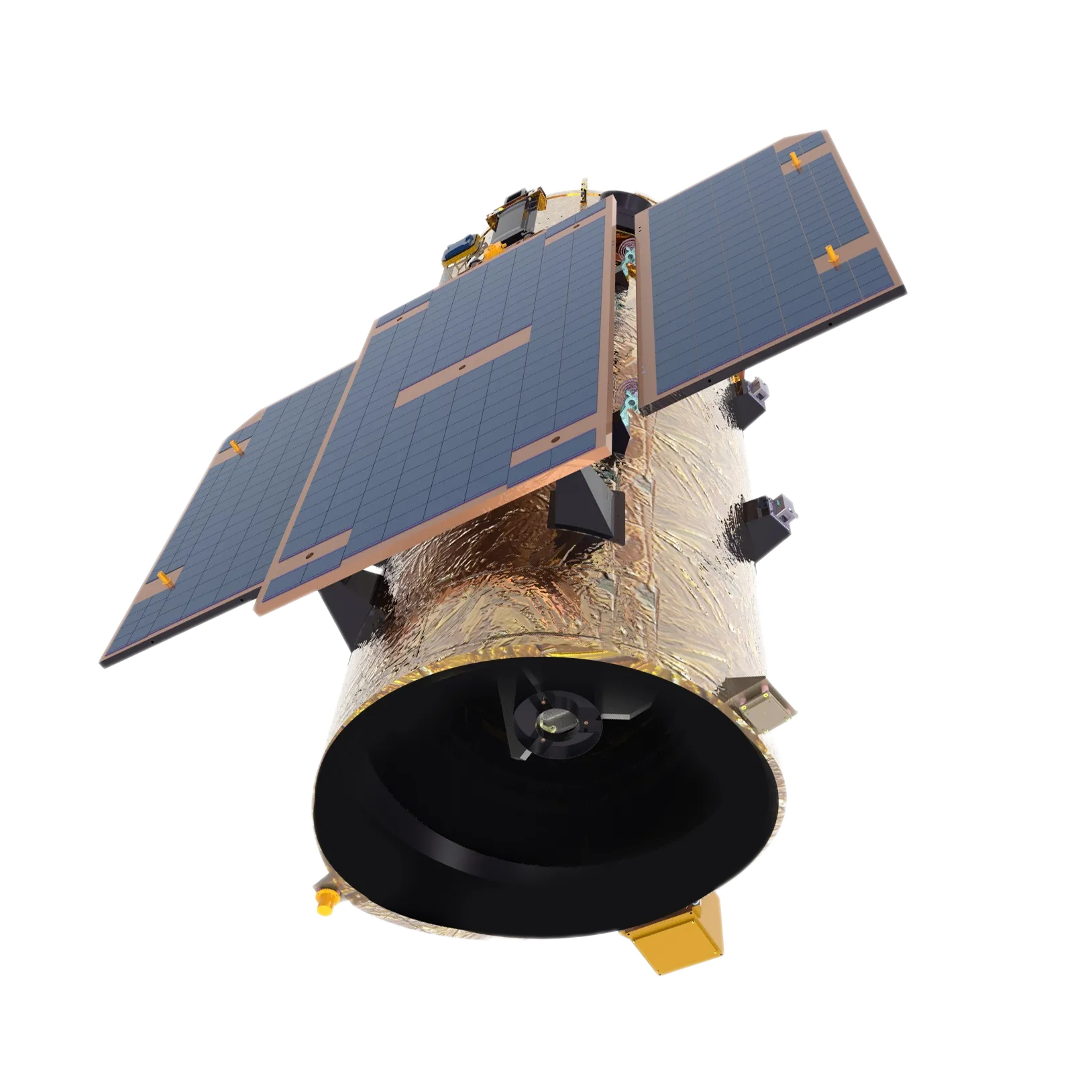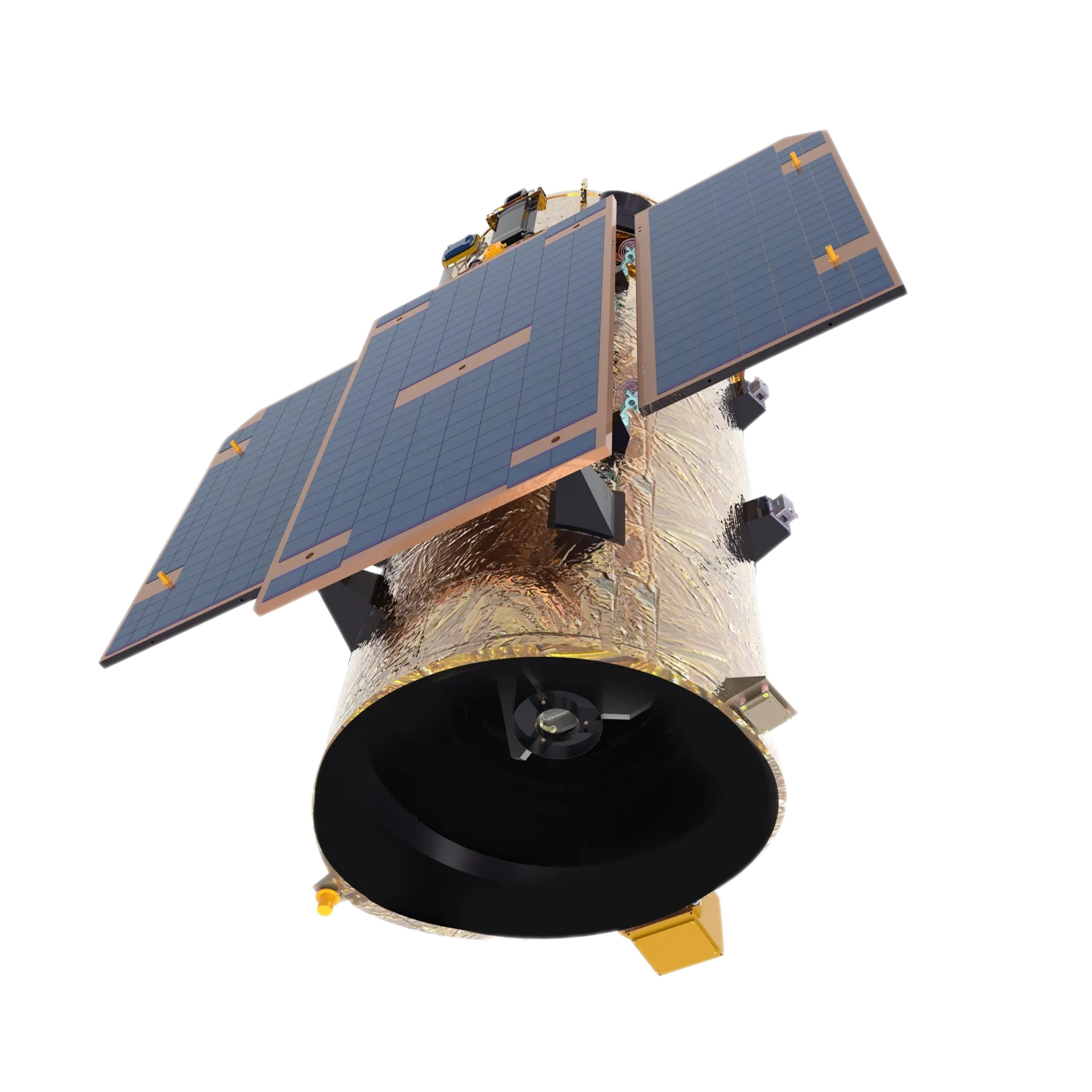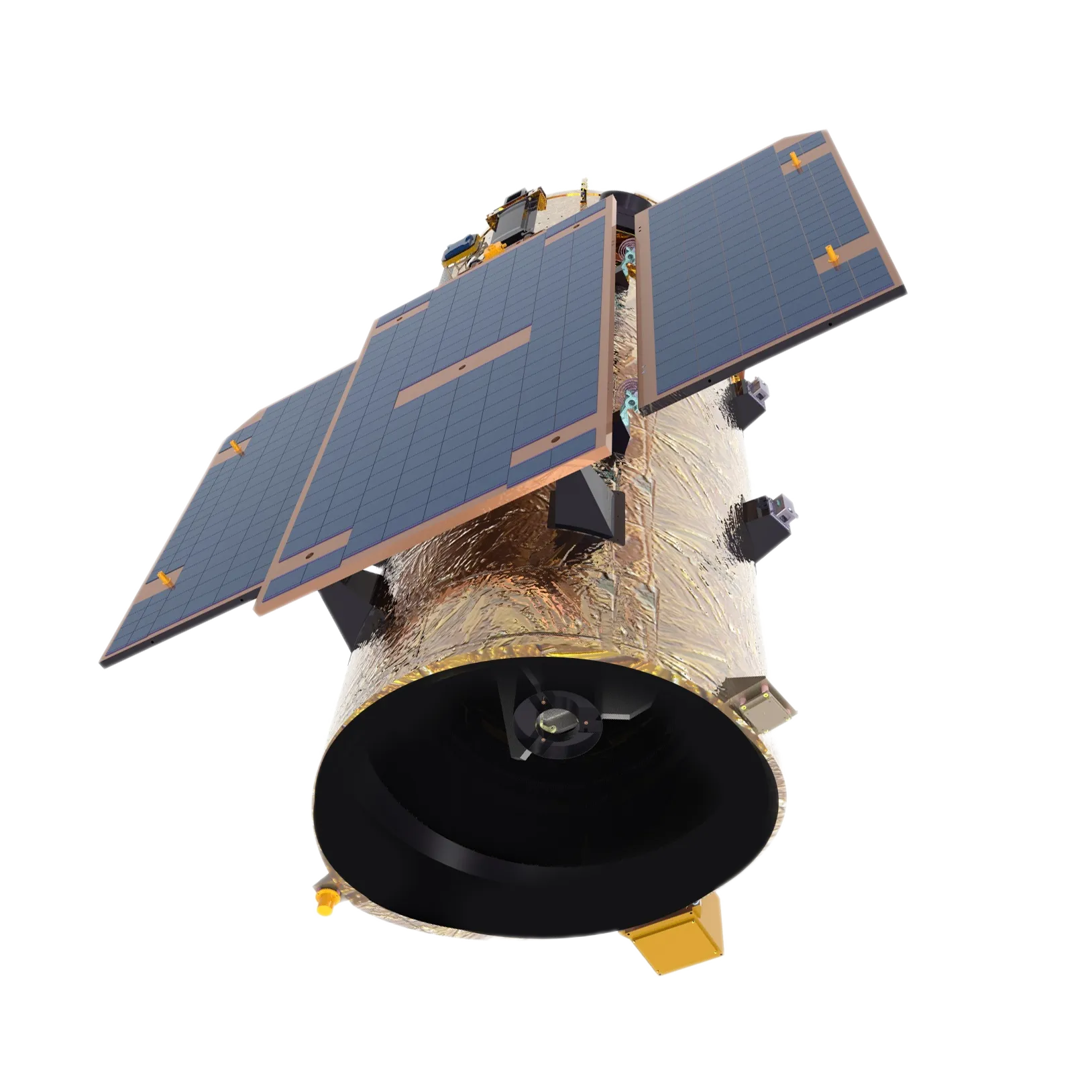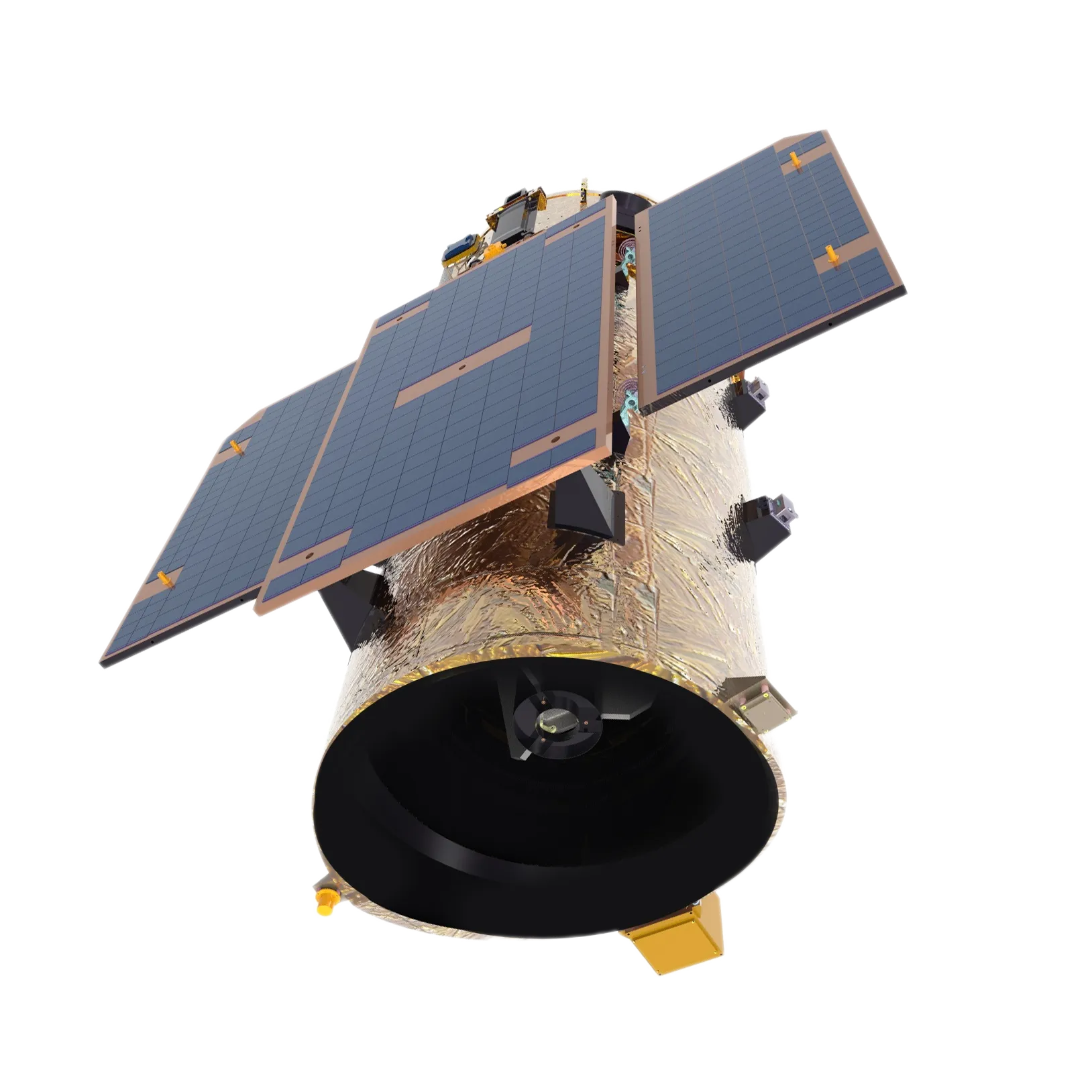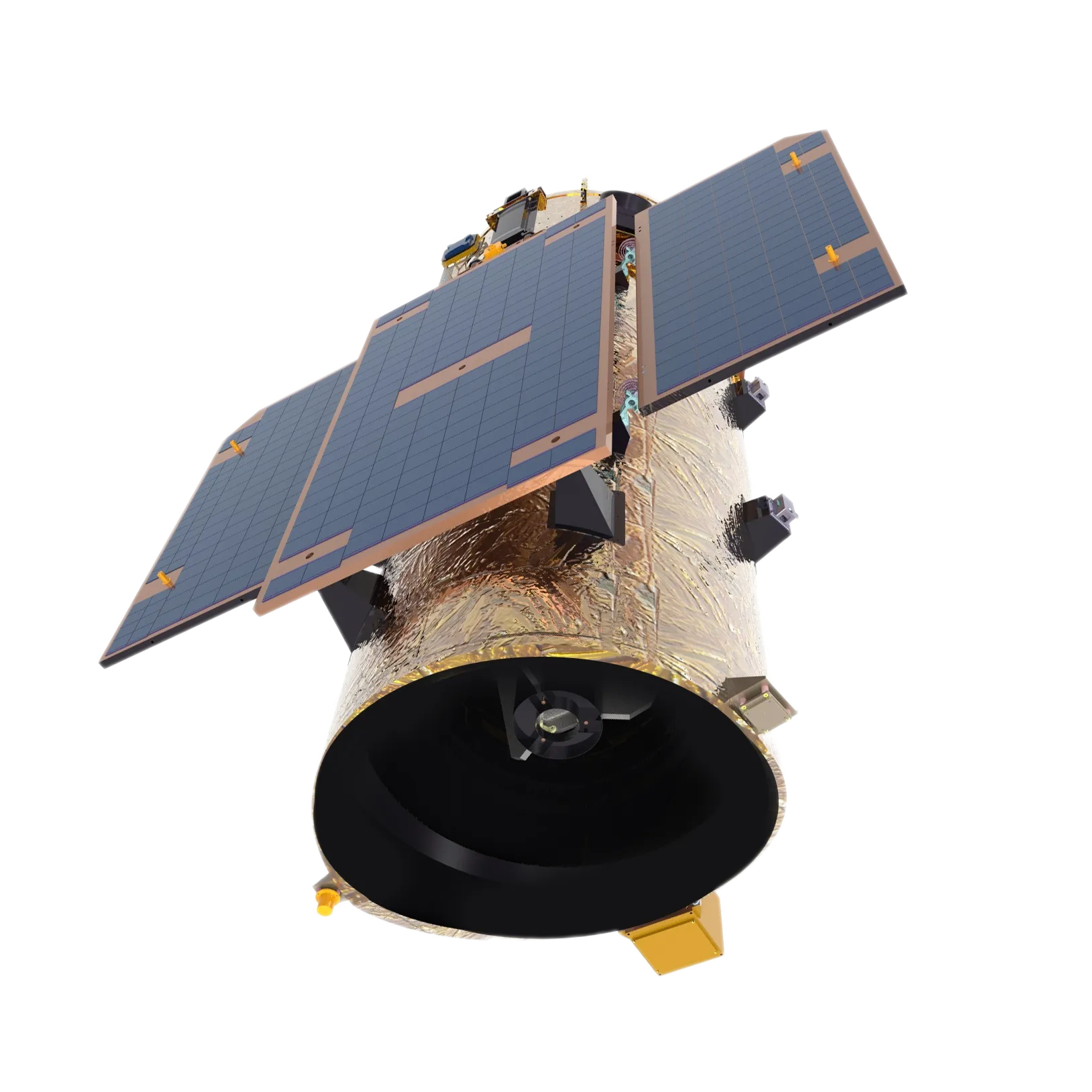
- Afrikaans
- Albanian
- Amharic
- Arabic
- Armenian
- Azerbaijani
- Basque
- Belarusian
- Bengali
- Bosnian
- Bulgarian
- Catalan
- Cebuano
- China
- Corsican
- Croatian
- Czech
- Danish
- Dutch
- English
- Esperanto
- Estonian
- Finnish
- French
- Frisian
- Galician
- Georgian
- German
- Greek
- Gujarati
- Haitian Creole
- hausa
- hawaiian
- Hebrew
- Hindi
- Miao
- Hungarian
- Icelandic
- igbo
- Indonesian
- irish
- Italian
- Japanese
- Javanese
- Kannada
- kazakh
- Khmer
- Rwandese
- Korean
- Kurdish
- Kyrgyz
- Lao
- Latin
- Latvian
- Lithuanian
- Luxembourgish
- Macedonian
- Malgashi
- Malay
- Malayalam
- Maltese
- Maori
- Marathi
- Mongolian
- Myanmar
- Nepali
- Norwegian
- Norwegian
- Occitan
- Pashto
- Persian
- Polish
- Portuguese
- Punjabi
- Romanian
- Russian
- Samoan
- Scottish Gaelic
- Serbian
- Sesotho
- Shona
- Sindhi
- Sinhala
- Slovak
- Slovenian
- Somali
- Spanish
- Sundanese
- Swahili
- Swedish
- Tagalog
- Tajik
- Tamil
- Tatar
- Telugu
- Thai
- Turkish
- Turkmen
- Ukrainian
- Urdu
- Uighur
- Uzbek
- Vietnamese
- Welsh
- Bantu
- Yiddish
- Yoruba
- Zulu
CubeSat Platform: Enabling Agile and Scalable Satellite Solutions
One of the most transformative advancements in satellite technology is the CubeSat platform. These compact satellite frameworks offer a standardized format—typically in 1U, 3U, 6U, or 12U sizes—that simplifies satellite development and integration. The CubeSat platform serves as a flexible and cost-effective option for academic institutions, startups, and space agencies alike. Its plug-and-play architecture allows for quicker deployment timelines while still supporting critical remote sensing, communications, or scientific payloads. The modularity of CubeSat platforms in remote sensing especially shines when researchers need multiple data points gathered simultaneously across different geographies or spectral bands.
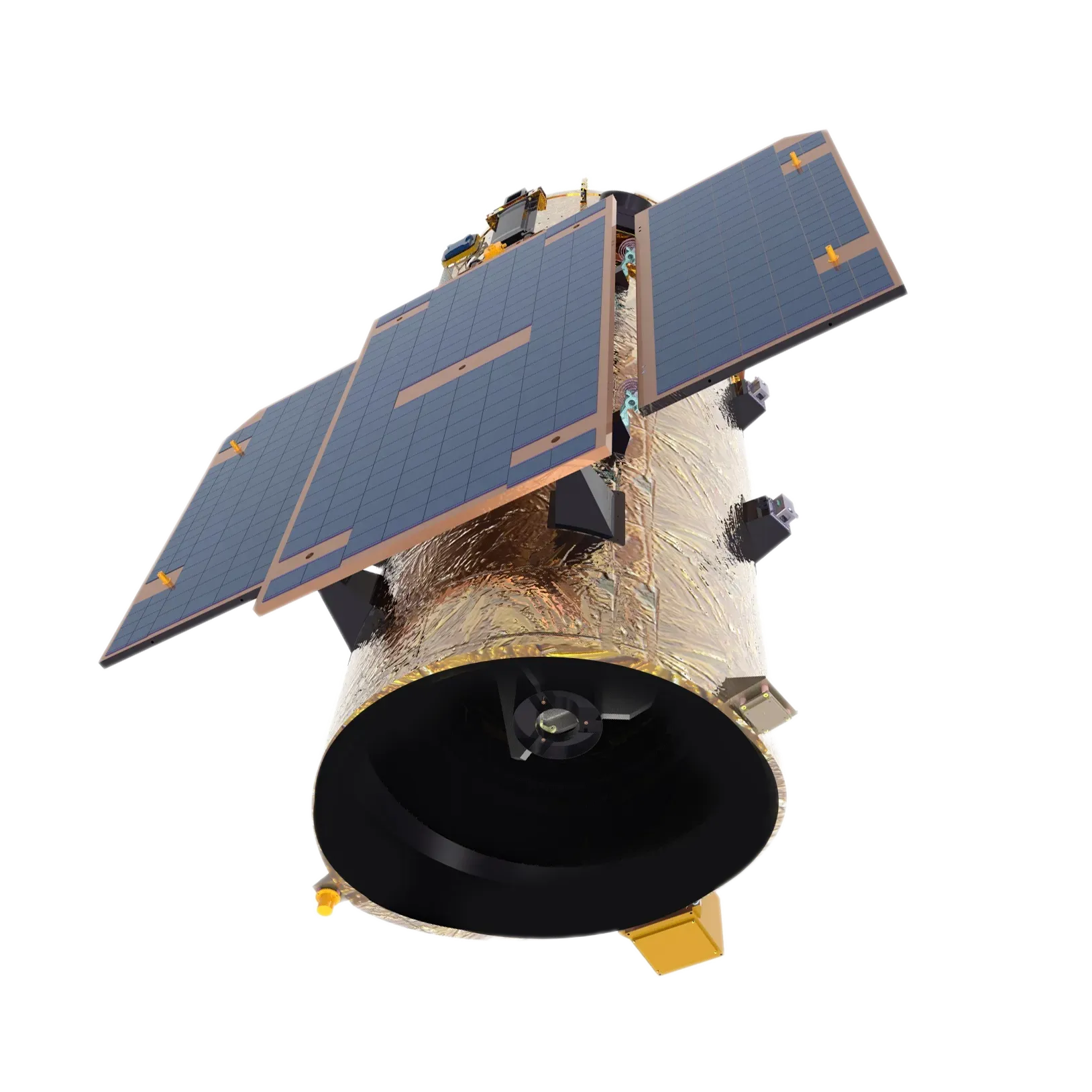
The Satellite Bus Structure: Backbone of All Orbital Systems
Central to any operational satellite is its satellite bus structure—the core framework that hosts the payload, subsystems, and propulsion. This “chassis” governs the satellite's energy supply, attitude control, thermal management, and communications. An optimized satellite bus structure balances mass, volume, and performance, ensuring that the onboard instruments function effectively while withstanding the harsh environment of space. Whether used in large-scale platforms or miniaturized CubeSats, the right satellite bus design can greatly enhance mission success. Companies that offer flexible satellite platforms in remote sensing often customize this core structure to meet specific imaging, weather monitoring, or reconnaissance goals.
Satellite Platforms in Remote Sensing: A Multidisciplinary Enabler
Satellite platforms in remote sensing form the technological backbone of Earth observation missions. These platforms integrate high-resolution optical, multispectral, or radar sensors with robust data transmission systems. The configuration of these satellite platforms determines the swath width, revisit time, resolution, and spectral bands available for imaging. For example, platforms tailored for agricultural monitoring prioritize frequent revisit cycles and spectral sensitivity to vegetation health, while those used in disaster response may focus on rapid deployment and infrared or radar imaging to detect structural damage or flooding.
Modern platform satellites are increasingly designed with AI-enabled onboard processing and edge computing capabilities. This reduces latency and allows satellites to selectively downlink only the most relevant data, saving bandwidth and accelerating real-time insights.
Conclusion: Evolving Satellite Platforms for Future Demands
The evolution of satellite platforms, from large-scale geostationary systems to agile CubeSat buses, reflects a broader transformation in the space industry. Customizable, scalable, and more affordable than ever, these platforms enable access to high-quality space-based data for a wide range of industries—agriculture, urban planning, climate science, and more.
Whether you're looking at the mechanical integrity of a satellite bus structure, the flexibility of a CubeSat platform, or the comprehensive capabilities of satellite platforms in remote sensing, today’s satellite infrastructure is built to adapt to changing missions and environments. As global demand for Earth observation and connectivity grows, the importance of designing the right satellite platform will only become more pivotal.






